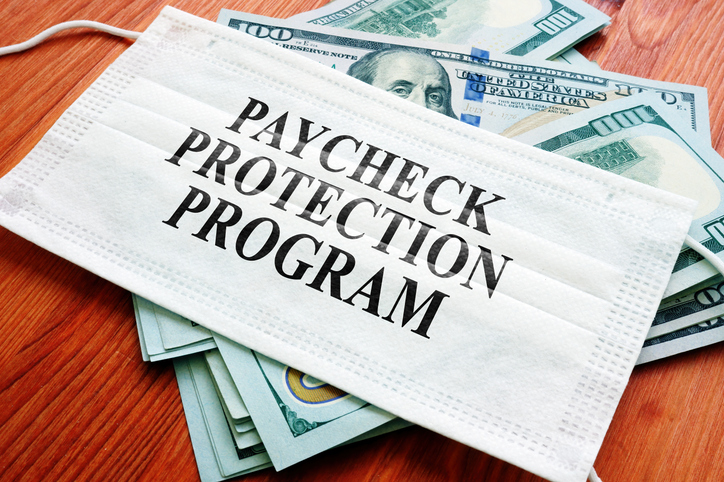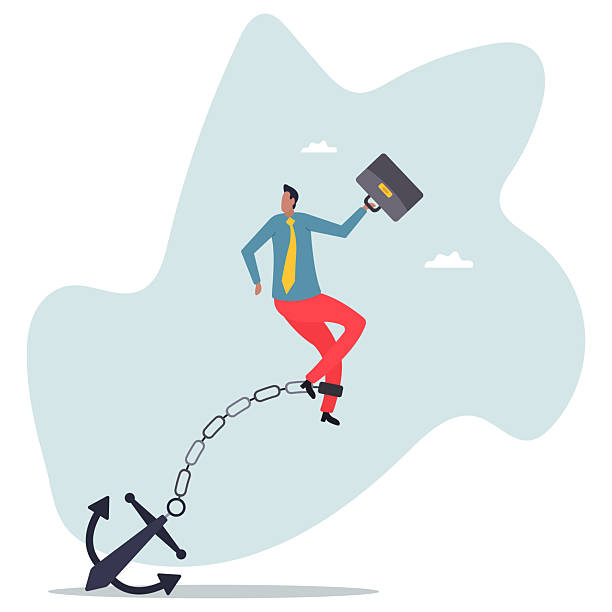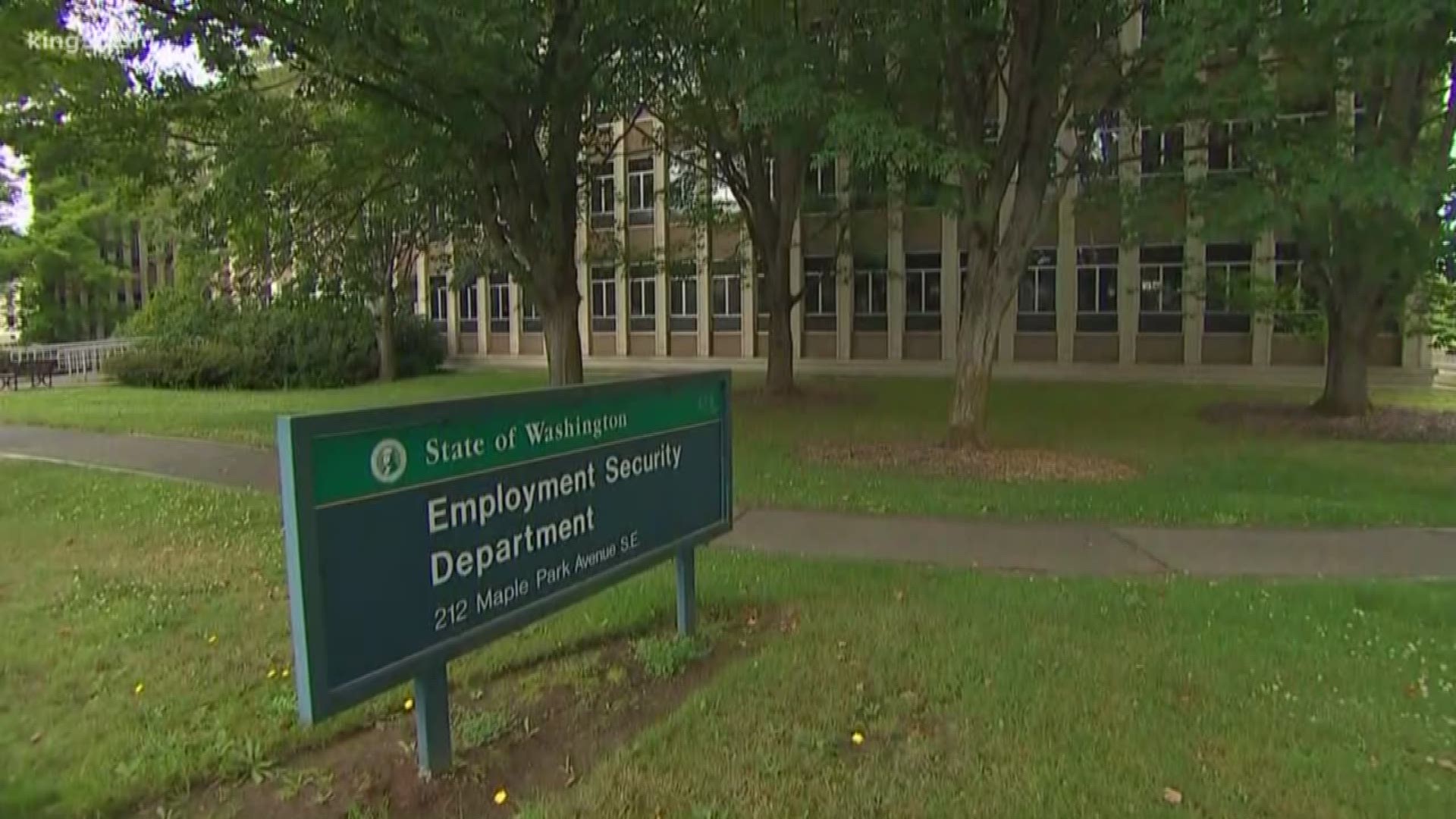The Paycheck Protection Program (PPP) provides eight weeks of capital assistance to small businesses to maintain their payroll during the COVID-19 pandemic. The PPP is part of the $2 trillion Coronavirus Aid, Relief, and Economic Security Act (CARES Act) that President Trump signed into law on March 27th. A working paper by the National Bureau of Economic Research found that PPP loans led to a 14 to 30 percentage point increase in a business’s expected survival rate and a positive, imprecise effect on employment.
The Small Business Association (SBA) will forgive loans for employee expenses if those employees are kept on the payroll during the pandemic. Employers can also keep the money if it is used for normal business expenses. Those eligible to apply for assistance are businesses under 500 employees in size, sole proprietors, independent contractors, and self-employed individuals. Approximately $521 billion has been sent to 4.9 million businesses, including more than 600,000 businesses that received $150,000 loans or more each. The SBA has stated that small businesses generate 44 percent of U.S economic activity.
While the program temporarily put employees back on payroll, a tidal wave of bankruptcies is coming. Of the 5.1 million active businesses listed on Yelp, 132,580 are still closed because of the pandemic restrictions. Among business closures, 72,842, or 55 percent, have closed permanently. Justin Norman, Yelp’s Vice President of data science, said that the federal government should offer more help to small businesses to avoid the risk of additional small-business closures.
A July 7th survey by the National Federation of Independent Business Research Center (NFIB) found that “About 22% of PPP loan borrowers have or are anticipating having to lay off one or more employees after using their loan. This is up from 14% in mid-June. As business owners use the remainder of their loan balance, they are finding that economic conditions are unable to support current staffing levels which were previously supported by the PPP loan.”
Moreover, a Goldman Sachs survey found that 84 percent of small businesses that received PPP money would exhaust funding by the first week of August and only 16 percent are very confident that they can maintain payroll without further government relief. Just 37 percent of small businesses say they can survive another wave of shutdown restrictions and 63 percent are reporting revenues are only at 75 percent of their pre-COVID revenue levels.
Many businesses may not reach pre-COVID operation levels or support “re-payrolling” due to a combination of state-ordered social distancing and a collapse in consumer demand. Initially, SBA stipulated that a PPP loan would only be forgiven if a majority of it were used to pay employee wages for eight weeks, which many companies opted to do. Washington state, despite the majority of other states choosing to cancel the requirement to replenish their own unemployment trust fund accounts, only waived the increased requirement if there was a COVID-19 infection at the business site.
The PPP program has gone through several notable changes since being initiated in April. The requirement that 75% of the money be used for payroll costs to qualify for forgiveness has been reduced to 60%. Furthermore, the time in which the money has to be spent was extended from eight to 24 weeks, helping ease some of the financial burdens on small businesses.
Aside from trying to maintain company payroll, small businesses are likely to use the PPP money to offset inflation from a weakened dollar for the next 24 months. Inflation is running higher than previously predicted and with an interest rate near zero, the Federal Reserve is expected to raise interest rates. $2 trillion in newly printed money has contributed to the worst one month drop in the dollar’s value in 10 years, as real 10-Year Treasury Yields have fallen to negative 0.97 percent.
Even for companies whose revenue has not changed in the last few months, the impact on revenues is likely in the long term. Many companies took the loan to “get over the hump,” hoping that shutdown rules would ease by the fall. Some small businesses, especially restaurants, are staying open despite renewed restrictions. Facing the choice of being caught and fined by the state or go bankrupt, many are choosing to stay open.
The latest Washington Employment Report, reports the Washington unemployment level is 9.8 percent, 1.3 percent lower than the U.S average. At least 4,500 Seattle businesses have temporarily or permanently closed during the pandemic. For example, in La Conner, nine businesses have permanently closed or are closing. All but one has cited COVID-19 as the main reason for their closures. The Washington Department of Commerce gave grants to very small businesses through the Working Washington Small Business Grant Program. Over 1500 Washington businesses are expected to receive over $9.7 million in aid, saving 5,500 jobs, according to the government.
On July 28th, Governor Inslee announced he had stopped the relaxing of restrictions and allowing counties to move to the next phase of opening indefinitely. Effective July 30th, there are additional restrictions on restaurants, taverns, breweries, wineries, and distilleries, including ending alcohol service at 10:00 pm, reducing customer occupancy to 50 percent, reducing table size to five people, and prohibiting bar-area seating.
Indefinite shutdowns of thousands of Washington businesses are imposing real hardship on employers and working families. If shutdowns continue into the fall, expect to see another wave of bankruptcies and layoffs hit small businesses in Washington and around the country.






